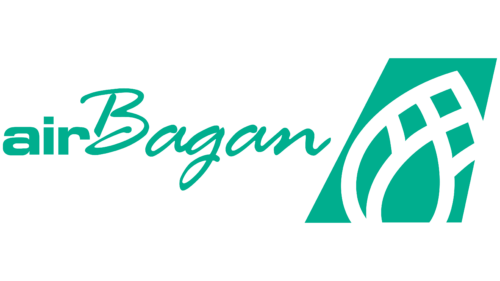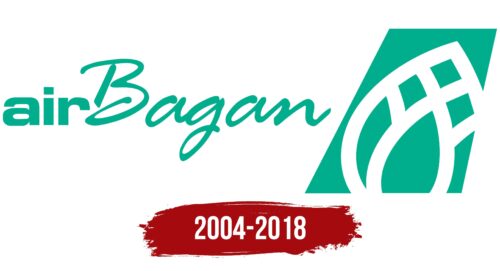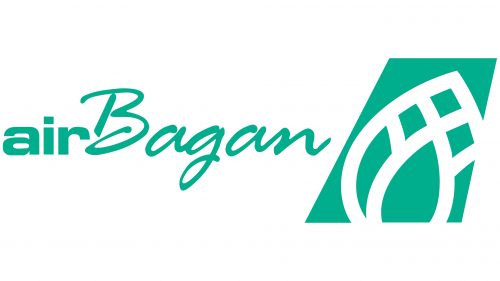The Air Bagan logo signifies the rise of the airline, predicting longevity and success. The emblem represents a company that adorns the skies of Burma, much like a fragrant lotus flower transforms the water’s surface.
Air Bagan: Brand overview
In June 2004, entrepreneur U Htun Min and a team of local businessmen established Air Bagan in Yangon, Myanmar, marking the launch of the country’s first fully private airline aimed at the domestic tourism market.
Air Bagan started operations with four leased Fokker 50 turboprop aircraft capable of carrying 50 passengers each. The airline’s inaugural flight was on November 15, 2004, from Yangon to the ancient city of Bagan. It soon expanded services to include Mandalay, Ngapali, Heho, and Tachilek.
By 2005-2006, the airline had expanded its fleet with more Fokker 50 aircraft and initiated a rebranding campaign, ultimately serving over ten destinations. In 2007, Air Bagan upgraded to larger ATR 72 turboprops, increasing its passenger capacity.
In 2010, Air Bagan transported around 400,000 passengers annually across Myanmar and operated eight ATR 72 aircraft. The airline encountered challenges from 2011 to 2013 when Myanmar’s aviation market opened up to foreign competition, increasing the number of carriers and operational costs.
From 2014 to 2016, financial difficulties emerged due to high debt and increasing fuel prices, which led to the phasing out of the older Fokker 50 aircraft. In 2017, U Htun Min sold part of his share to Singaporean investors to help stabilize the company.
On August 14, 2018, aviation authorities revoked Air Bagan’s operating certificate due to safety concerns, forcing the airline to cease all operations. At its closure, Air Bagan had six ATR 72 aircraft and employed 400 staff.
After 14 years of operation, Air Bagan’s significant impact on Myanmar’s tourism industry ended. Following the closure, many of its employees found opportunities in other local airlines, though the status of its aircraft and other assets remained unclear.
Meaning and History
What is Air Bagan?
It is a Burmese airline that operates domestic and international flights. Based in Yangon, Myanmar, the airline serves a variety of domestic destinations, including major cities and tourist spots. The airline’s fleet of aircraft and services is designed to offer passengers reliable and convenient travel options across Myanmar’s diverse regions.
2004 – 2018
The lotus flower holds significant cultural and natural importance in Myanmar, making it a fitting choice for the local airline’s logo. The Air Bagan symbol features a lotus bud just beginning to open, symbolizing longevity, luck, wisdom, and purity. This bud represents the brand’s aspiration for growth, new achievements, and continuous improvement. The lotus is depicted abstractly, with white stripes forming a pattern inside a turquoise quadrangle. Next to it, the turquoise inscription “Air Bagan” appears.
The turquoise color scheme suggests calmness and reliability, qualities inherent to the airline. The abstract lotus image offers a modern interpretation of a traditional symbol, appealing to local and international audiences. The choice of a bud rather than a fully bloomed flower indicates that the airline recognizes its potential and room for growth.
The lotus bud’s depiction with white stripes inside a turquoise quadrangle adds a touch of modernity while maintaining cultural relevance. The turquoise “Air Bagan” inscription complements the abstract flower, creating a harmonious and appealing visual.
The logo’s design captures the essence of Air Bagan’s values and aspirations. The modern abstract representation of the lotus aligns with the airline’s commitment to continuous improvement and growth. The use of turquoise enhances the logo’s calming and reliable image.
FAQ
Is Air Bagan still operating?
Air Bagan is no longer operating. It was a well-known airline in Myanmar but faced many stops in operation and financial issues. In August 2015, the airline stopped all flights, and Asian Wings, another airline owned by the same company, took over its operations. This change did not help Air Bagan recover. In August 2018, the airline ended its operations and returned its license to the aviation authorities. This ended Air Bagan’s time in the aviation industry.





